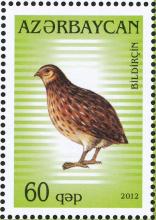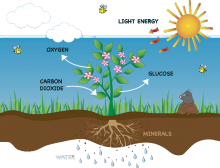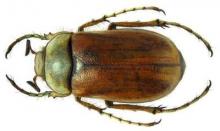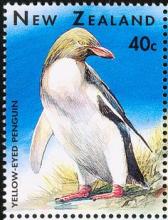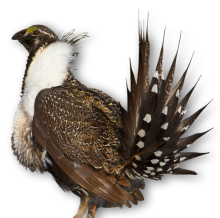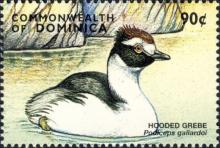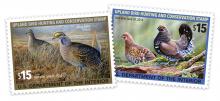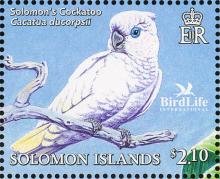Imidacloprid may impact bobwhite quail embryonic development and chick survival
The goal of this research was to investigate the effects of the neonicotinoid imidacloprid on the morphological and physiological development of northern bobwhite quail (Colinus virginianus). Bobwhite eggs (n = 390) were injected with imidacloprid concentrations of 0 (sham), 10, 50, 100, and 150 mg/kg of egg mass, which was administered at day 0 (pre-incubation), 3, 6, 9, or 12 of growth. Embryos were dissected, weighed, staged, and examined for any overt structural deformities after 19 days of incubation. The mass of the embryonic heart, liver, lungs and kidneys was also recorded.

